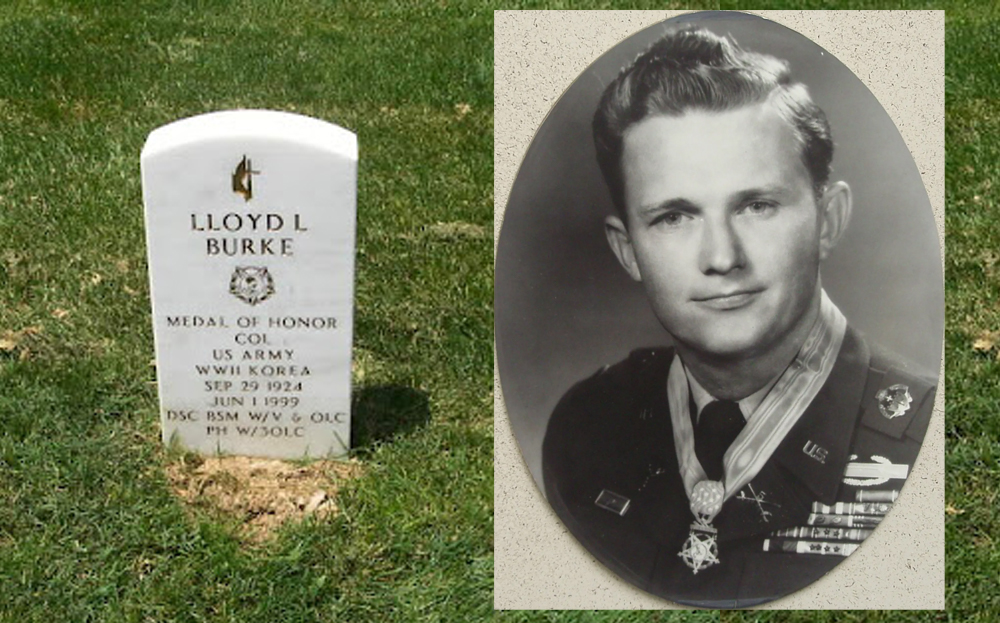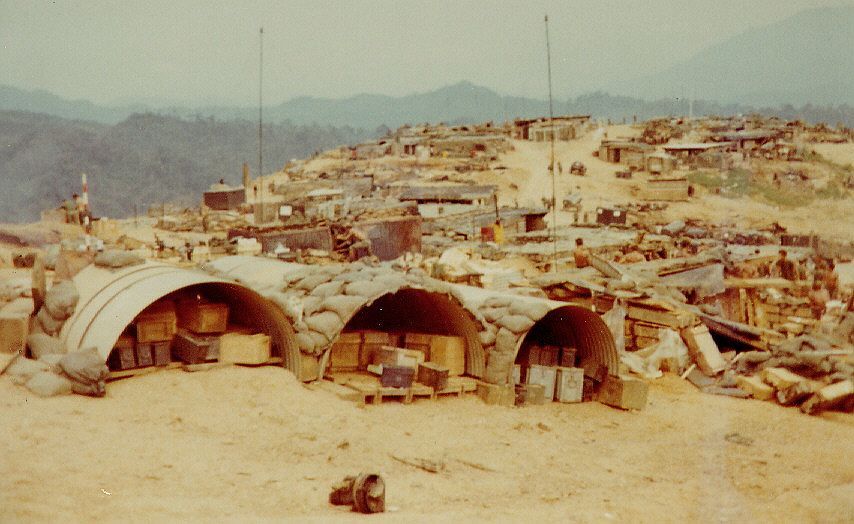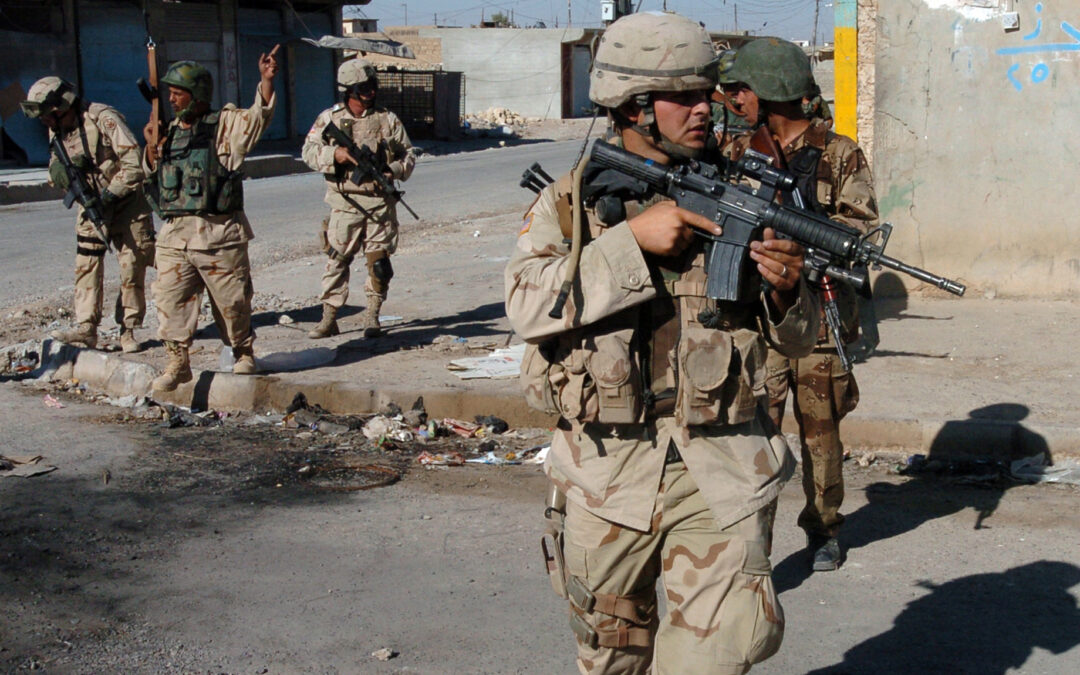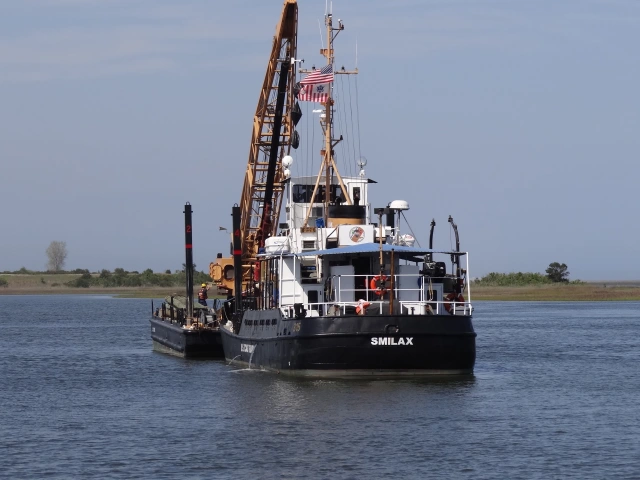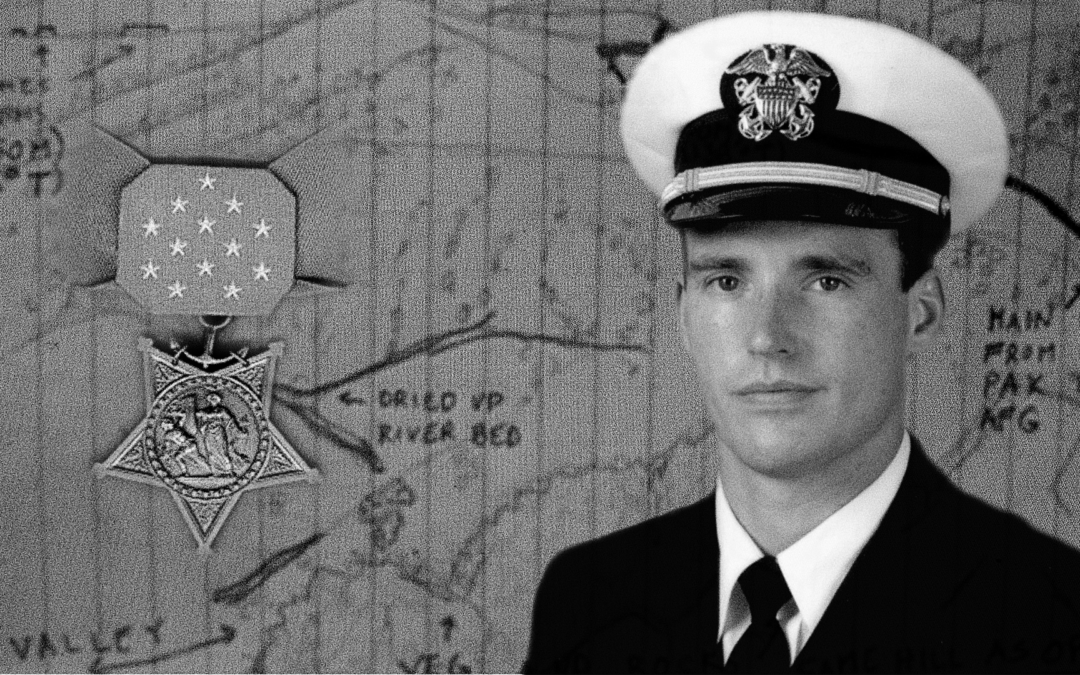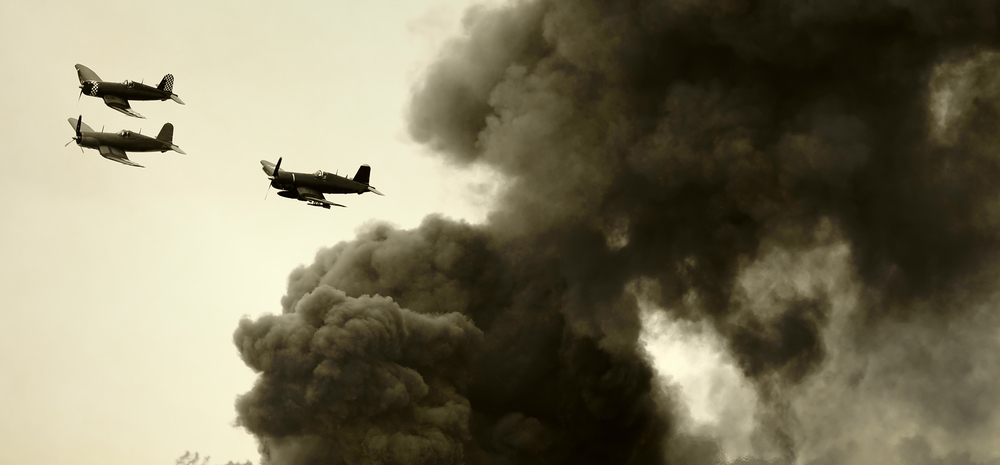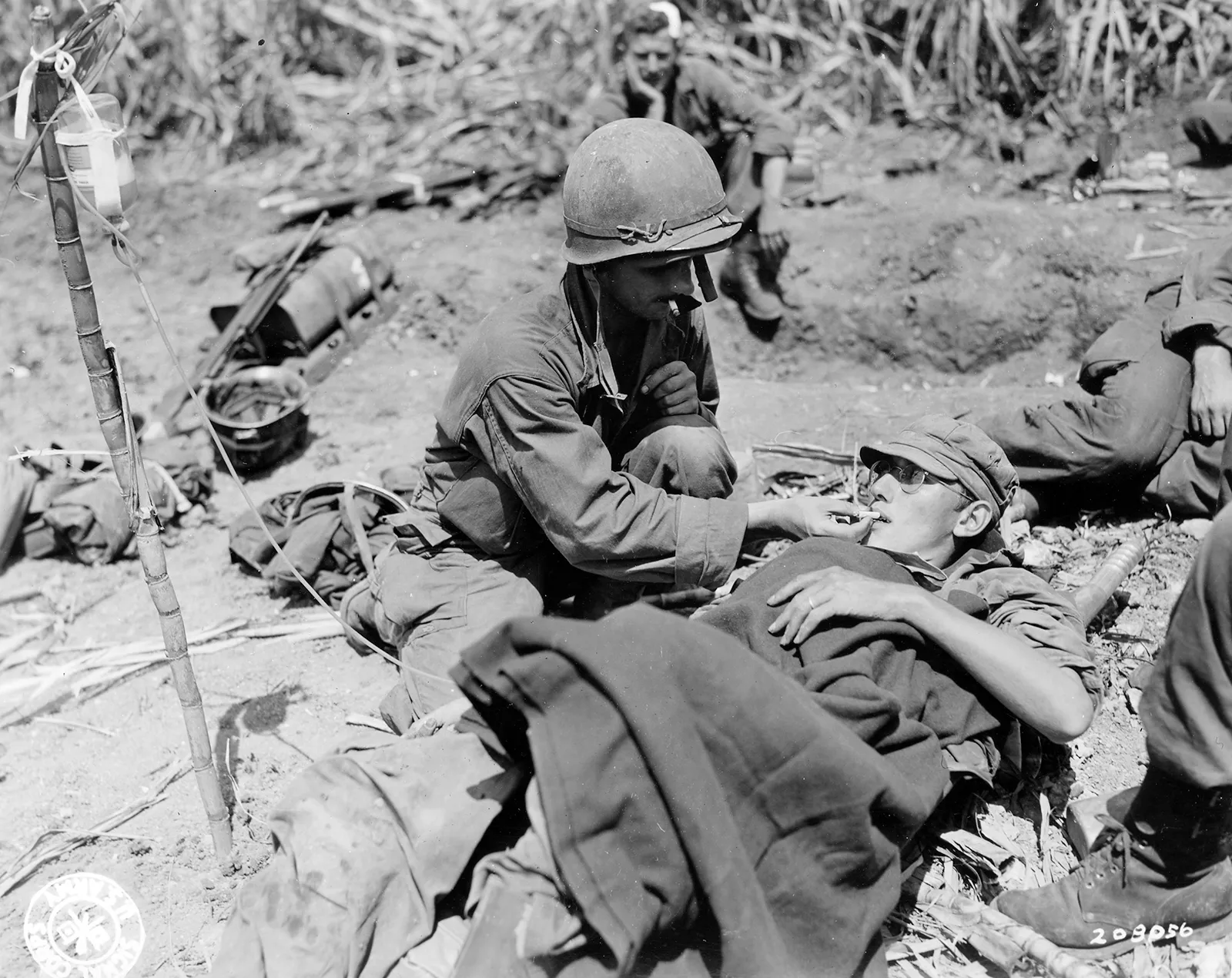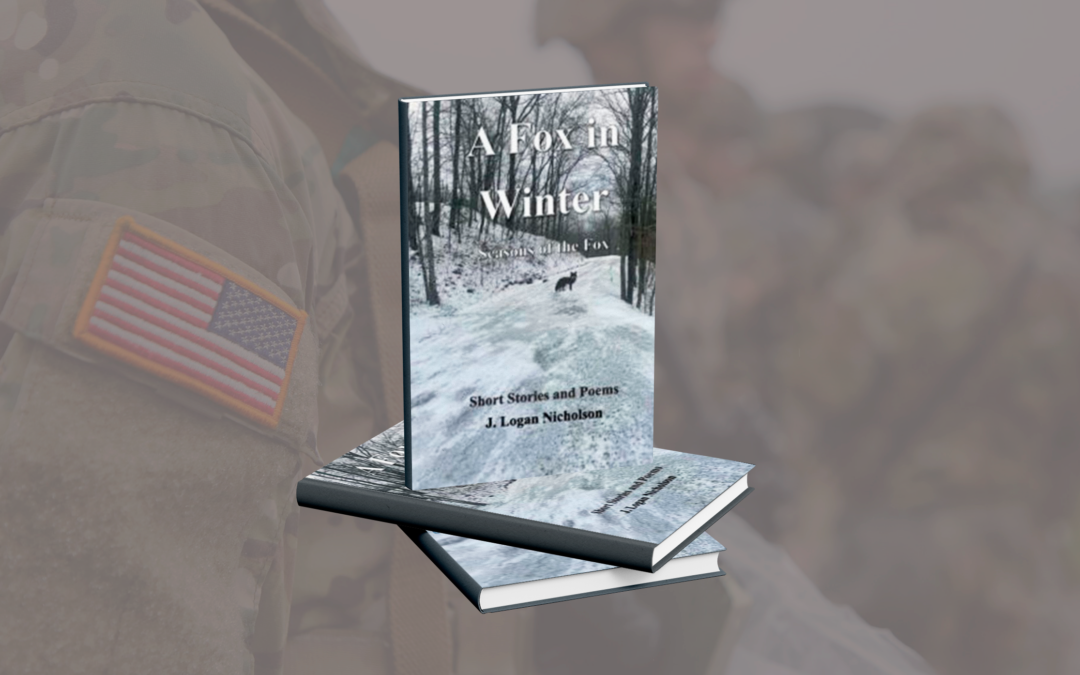Lloyd L. "Scooter" Burke - the most highly decorated soldier in Arkansas' history - was born in Tichnor (Arkansas County) on September 29, 1924, one of five children of A. D. Burke, a foreman at a lumber mill in Clarendon (Monroe County) and his wife, Belly Burke. In 1942, Lloyd Burke graduated from Stuttgart High School and enrolled at Henderson State Teachers College, now Henderson State University. Lloyd Burke Rose Through Courage and Leadership In 1943 when Burke was 18-years-old, he dropped out of Henderson State College and joined the United States Army. He served two years during World War II as a sergeant with combat engineers in Italy. After the war, he returned to school at Henderson, where he participated in the Reserve Officers' Training Corps (ROTC) program, which is now named "Burke's Raiders" in his memory. He was also a member of the Phi Sigma Epsilon fraternity. In 1950, he graduated as a Distinguished Military Graduate. After graduation, Burke was commissioned a...
